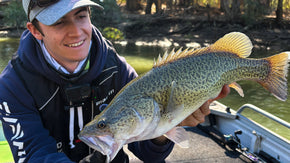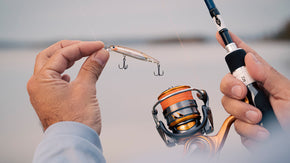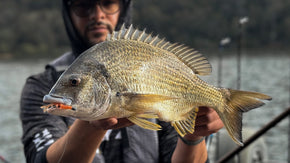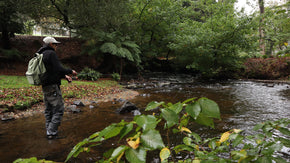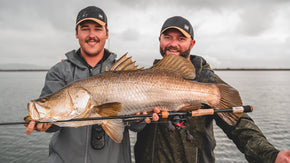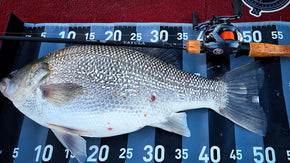Posted 05th August 2022
How to Catch Winter Kingfish
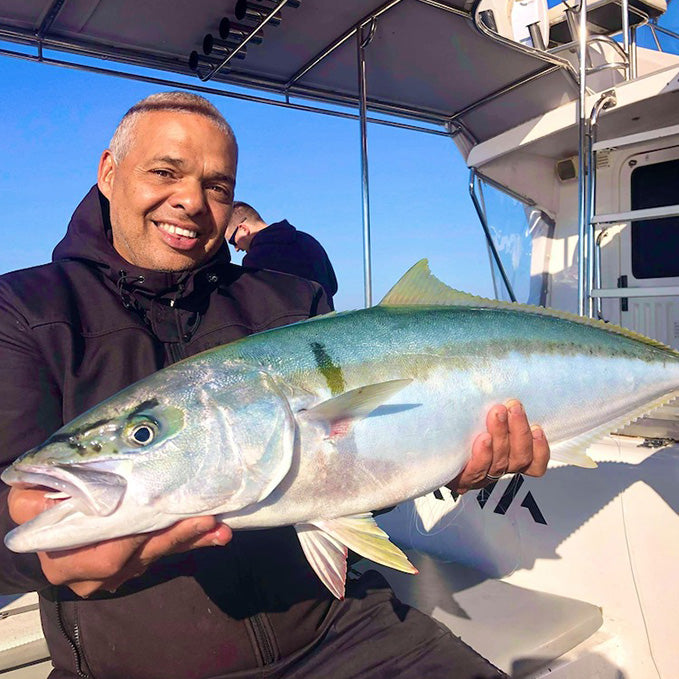
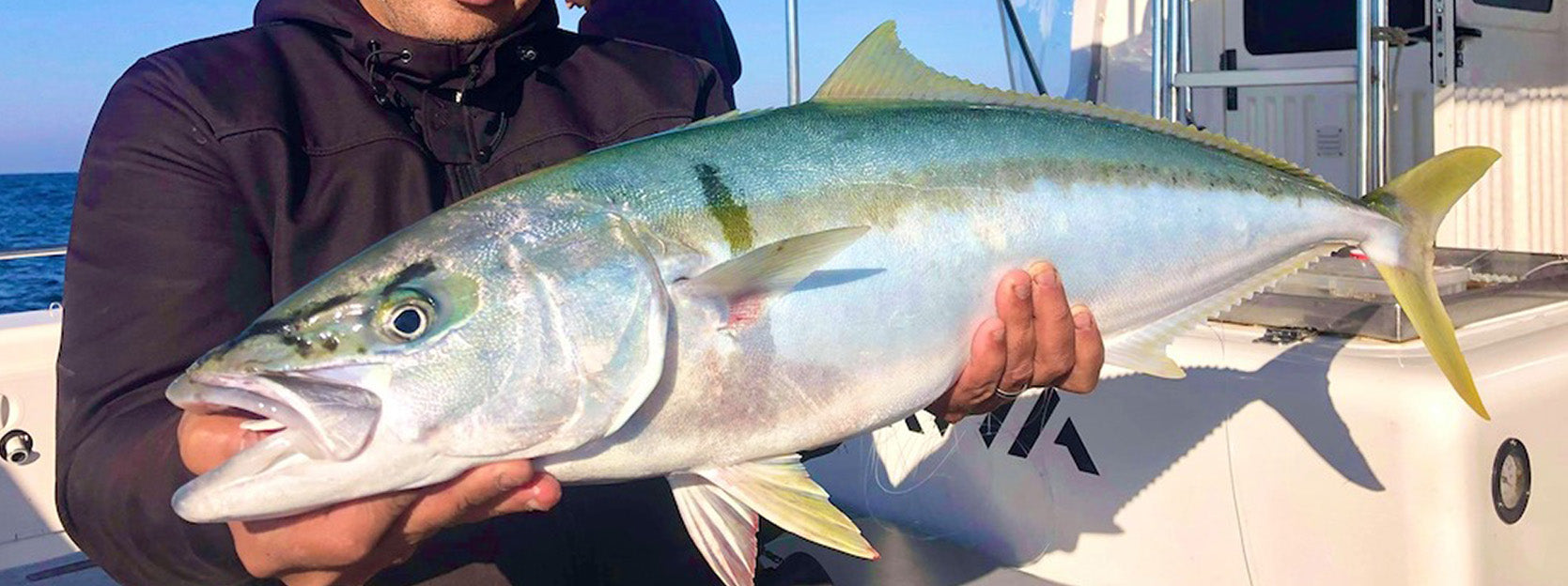
By Georgia Poyner
The Yellowtail Kingfish ( Seriola lalandi ) has got to be one of the most desired south coast species, as well as one of the most frustrating, regardless of the time of year. One day they’ll bite their heads off and the next they’ll be so fussy that it doesn’t matter what you throw at them, they just won’t feed. I guess this is just one of the many reasons people become so addicted to chasing them.
One main advantage kingfish have over other offshore species is their specialised swim bladder, allowing the fish to ‘vent’ as they ascend. This ability means that the fish is very resilient to barotrauma - injury: caused from quick changes in water pressure, and often seen as the swim bladder blowing out of the fish’s mouth or bulging eyes, etc. For this reason, kingfish are able to fight till the very end, not floating up like some species do. Importantly, it also means that kingfish release very well.

For me, I mainly spend most of my time chasing these fish around my home waters of Montague Island. Most days I’m skippering charters and trying to put customers onto kings. On my days off, you’ll still find me on the water, fishing recreationally for them.
One thing is for certain with these fish, it doesn’t seem to matter how much effort you invest into this species, just when you think you’ve worked out a pattern, they’ll throw a complete spanner in the works. Despite this, there are definitely a few key trends that for the most part, tend to stand and help determine when or where is worthwhile.
No run no fun. Tide and current are important when it comes to chasing kings. When current hits the edge of a reef, it creates a pressure point where bait fish will congregate. Where there is bait, bigger fish will follow. Knowing how each reef is affected by the direction of the tide, and where these pressure points are, is a quick way to narrow down your options as to where the kingfish should be holding. When the tide is slack, the fish tend to scatter, making them much harder to pinpoint.
Making sure you always have a large array of bait and lure options, so that you can adapt to the conditions, is also important. Some days the kingies seem to want to eat anything under the sun - from jigs, to stickbaits, strip baits and live baits. Other days they’ll only target specific sized slimy mackerel and won’t touch anything else. Making sure to always have well-presented baits and putting them in their face is key. Kingfish are ridiculously curious. Small things like wiggling your rod to razz up a live bait, even if it’s been whacked or muffed will often get a fish coming back for a second go.

Kingfish can turn on at any given time, although your hours of power, early morning and late arvo generally fish best. Kingfish are deterred by boat traffic and noise. As soon as lots of boats get on to a patch of fish, they normally shut down, not long after. This is one reason I personally prefer fishing late afternoon or on dusk, as generally not many other boats seem to fish this time. Like a lot of species, they can become very active right before a big atmospheric change, such as when a big southerly is about to blow up.
Winter is without a doubt less favourable for chasing kingfish out of home, as our fish are school fish that travel. Each year is different, though, and they will sometimes hang through well into winter. But most of the time once the cold-water hits, (anything around 16 degree C) the kingfish tend to move off, chasing the warmer water. Without a doubt you’ll always get a few rogue reef thugs hanging in. But they’re very smart and hard to catch. For best results, you’ve got to follow the fish.
One of my favourite late season sessions on kings would have to be from a glamour afternoon stickbaiting with one of my best mates. Pretty much every boat had headed for home so we had it all to ourselves. The tide was pumping, so all the fish were feeding hard in the shallow waters, along an edge of reef we call The Rip. They were mixed in with a big patch of bonito. After a bit of experimenting, we adapted our retrieve to try and detour the bonito: sometimes pausing altogether, when we saw it was a bonito boil hot on the tail of our stickies, allowing for the bigger king to move in. Every cast was just mayhem and you couldn’t have asked for a better way to end the day.









